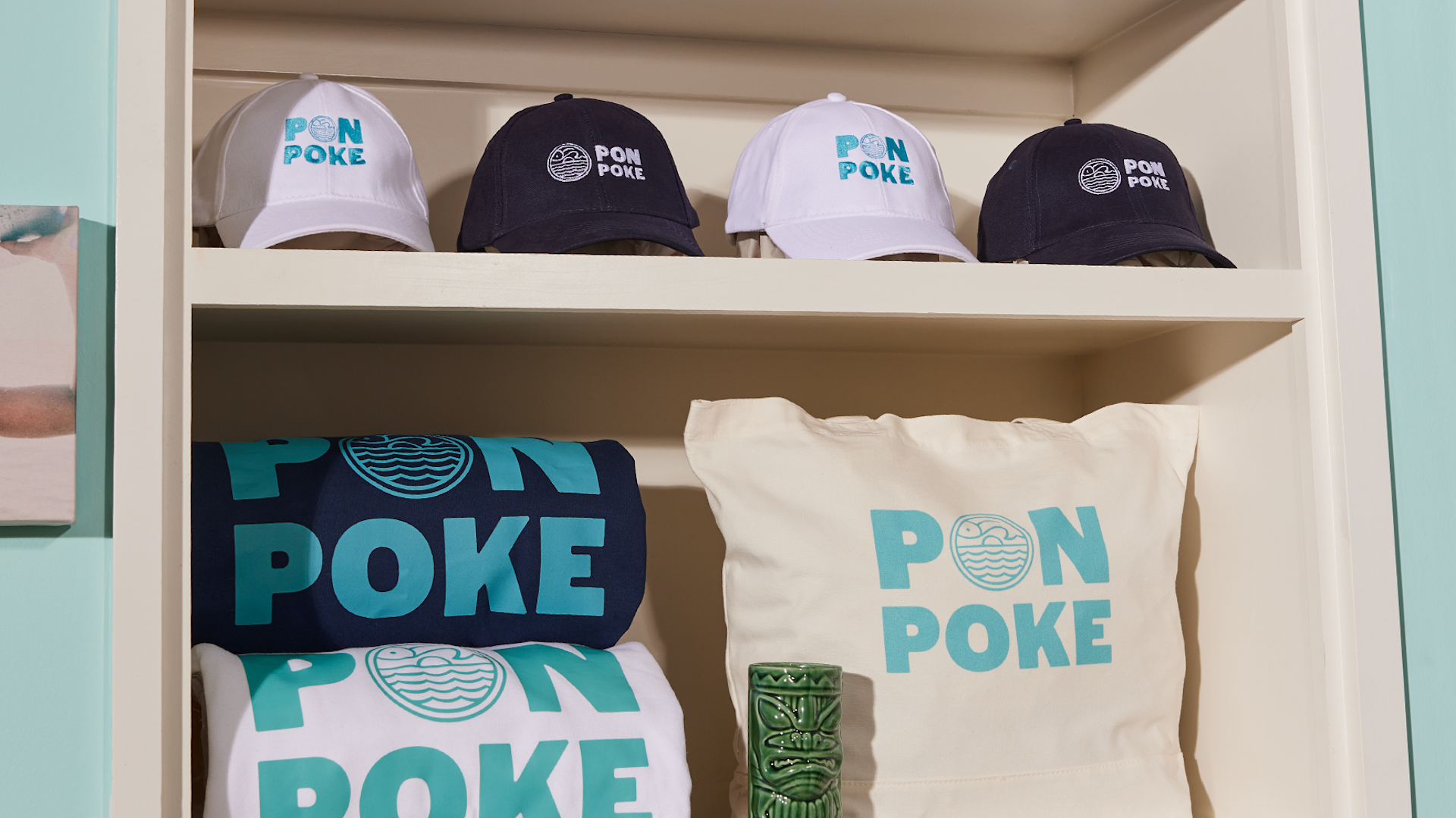Branded Clothing Care: Fabric Types and Washing Tips You Need
Branded Clothing Care: Fabric Types and Washing Tips You Need
Blog Article
Understanding Clothes: The Value of Material Options in Your Wardrobe
The option of textile in apparel plays a pivotal role in both aesthetics and capability. Different products provide varying degrees of breathability, comfort, and durability, directly influencing the user's experience. Comprehending these nuances can enhance one's wardrobe substantially. Several neglect just how these options can affect not simply individual design, however likewise sustainability. What textile choices could redefine your closet and align it with both design and obligation?
The Function of Material in vogue and Capability

Common Fabric Types and Their Qualities
When selecting clothes, recognizing the qualities of typical fabric types is crucial for making informed selections. Cotton, a widely-used natural fiber, is known for its soft qualities, breathability, and versatility, making it appropriate for sportswear and day-to-day garments. Bed linen, one more natural choice, boasts outstanding moisture-wicking residential or commercial properties and an unique structure, suitable for cozy climates.Wool, often preferred for its warmth and toughness, differs in fineness; merino woollen is soft against the skin, while coarser kinds are utilized for outerwear. Artificial materials like polyester and nylon supply resilience and resistance to wrinkles, making them popular for activewear and traveling garments. Ultimately, blends, which combine synthetic and natural fibers, can enhance performance while keeping convenience. By identifying these fabric qualities, people can pick garments that aligns with their way of living and aesthetic preferences.
Breathability and Comfort: Choosing the Right Fabrics for Different Climates
Picking the ideal fabrics for various environments can considerably improve comfort and general wearability. Breathable materials are essential in hot environments, as they permit air blood circulation and dampness evaporation. Fabrics such as cotton, linen, and moisture-wicking synthetics successfully draw sweat away from the body, maintaining the wearer cool and dry. On the other hand, in chillier climates, thicker textiles like wool or fleece provide insulation while keeping breathability, ensuring warmth without overheating.Additionally, the option of fabric weight plays an essential role; light-weight textiles are more suitable for summertime, whereas heavier choices are matched for winter wear. Comprehending the one-of-a-kind buildings of each textile makes it possible for people to clothe properly for varying climate condition. Eventually, selecting breathable and comfy materials customized to specific climates can significantly enhance day-to-day convenience and enhance the general experience of wearing garments.
Resilience and Treatment: Just How Textile Impacts Longevity of Your Wardrobe
Selecting the appropriate materials can greatly influence the sturdiness and care needs of a closet. Fabrics such as cotton and polyester are understood for their strength and convenience of maintenance, making them excellent for day-to-day wear. On the other hand, delicate products like silk and shoelace call for more cautious handling and specialized cleaning techniques, which can raise the time and effort needed for care. Branded Clothing.Durability is also affected by the material's weave and coating; snugly woven textiles have a tendency to stand up to damage far better than freely woven options. Furthermore, artificial blends usually give enhanced sturdiness, combining the most effective qualities of multiple fibers.Understanding the treatment instructions for each material is essential, as incorrect washing or drying can cause early wear. Ultimately, choosing resilient products can lead to a longer-lasting wardrobe, lowering the frequency of substitutes and adding to a much more sustainable style option
The Effect of Textile on Fit and Silhouette

Sustainable Textile Options: Making Eco-Friendly Choices
The influence of textile extends beyond fit and silhouette to include ecological factors, triggering a growing passion in sustainable fabric selections. Eco-friendly materials, such as organic cotton, hemp, and Tencel, are getting traction among consumers that focus on sustainability in their wardrobes. These products are commonly generated with fewer chemicals and water, reducing their eco-friendly footprint.Additionally, recycled fabrics, made from post-consumer waste, offer an ingenious remedy to the fabric market's air pollution problem. Brands progressively embrace transparency in their sourcing approaches, enabling consumers to make enlightened decisions concerning their purchases.Choosing sustainable textiles not only supports honest techniques yet additionally urges the fashion business to take on more liable manufacturing approaches. As recognition of ecological problems increases, over at this website individuals are prompted to review the long-lasting effect of their fabric choices, cultivating a movement towards a more lasting and ecologically mindful strategy to style.
Boosting Style: How Fabric Can Transform an Attire
While numerous may concentrate on color and cut when selecting an outfit, the choice of material plays a necessary duty in raising style and improving general appearance. Various materials share distinctive state of minds and messages; as an example, silk radiates luxury and elegance, while denim provides an informal, unwinded vibe. The structure and drape of a textile can dramatically modify the shape, with structured materials offering a sleek appearance and softer ones producing a more fluid, loosened up aesthetic.Moreover, the weight of the fabric affects wearability across periods. Light-weight fabrics like linen and cotton are suitable for summer, while much heavier materials such as wool and velour provide warmth and beauty in chillier months. Understanding fabric properties, such as breathability and stretch, likewise equips individuals to make enlightened options that improve comfort without jeopardizing design. Eventually, the right material can change an outfit from regular to extraordinary, making it a crucial factor to consider in any wardrobe.
Regularly Asked Concerns
Exactly how Do I Identify the Fabric Material of My Garments?
To determine fabric content, one can check out care tags, conduct shed tests for fiber recognition, or seek advice from textile swatches. These methods help separate materials, guaranteeing informed choices for apparel care and upkeep in everyday wear.
Can Fabric Choice Affect My Mood or Self-confidence?
Fabric option can substantially influence a person's mood and confidence. Branded Clothing. Particular materials may evoke sensations of convenience or beauty, while others can really feel unflattering or restrictive, inevitably influencing self-perception and psychological health throughout the day
What Fabrics Are Ideal for Sensitive Skin?
For individuals with delicate skin, natural fabrics like cotton, bed linen, and bamboo are often suggested. These products are read this breathable, hypoallergenic, and much less most likely to cause inflammation, making them ideal choices for convenience and skin health and wellness.
How Do I Properly Wash and Take Care Of Various Fabrics?
To properly wash and care for different textiles, one have to take into consideration each product's certain demands, consisting of temperature setups, cleaning agents, and drying methods, ensuring longevity and keeping the material's original high qualities for excellent use.
Are There Specific Fabrics for Athletic or Efficiency Put On?
Sports or efficiency wear typically utilizes fabrics such as nylon, polyester, and spandex. These materials are created for moisture-wicking, breathability, and adaptability, improving activity and comfort during exercises while supplying longevity and support. Conversely, in cooler climates, thicker materials like woollen or fleece supply insulation while retaining breathability, ensuring warmth without overheating.Additionally, the option of textile weight plays a vital duty; light-weight materials are better for summer season, whereas larger options are matched for winter months wear. In contrast, delicate products like silk and lace require more cautious handling and specialized cleaning approaches, which can enhance the time and effort required for care.Durability is likewise influenced by the textile's weave and finish; tightly woven materials tend to resist wear and tear far better than freely woven choices. In contrast, rigid materials can limit movement yet provide a classic, refined look.Moreover, the density and texture of the material can influence the aesthetic assumption of body form. The effect of textile extends beyond fit and silhouette to incorporate environmental variables, prompting a growing passion in sustainable textile selections. The structure and drape of a fabric can significantly alter the silhouette, with organized textiles giving a sleek appearance and softer ones creating a much more fluid, relaxed aesthetic.Moreover, the weight of the material affects wearability throughout seasons.
Report this page